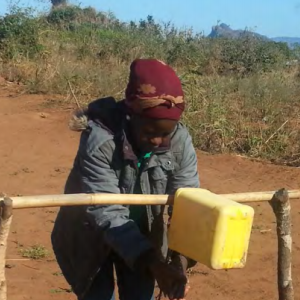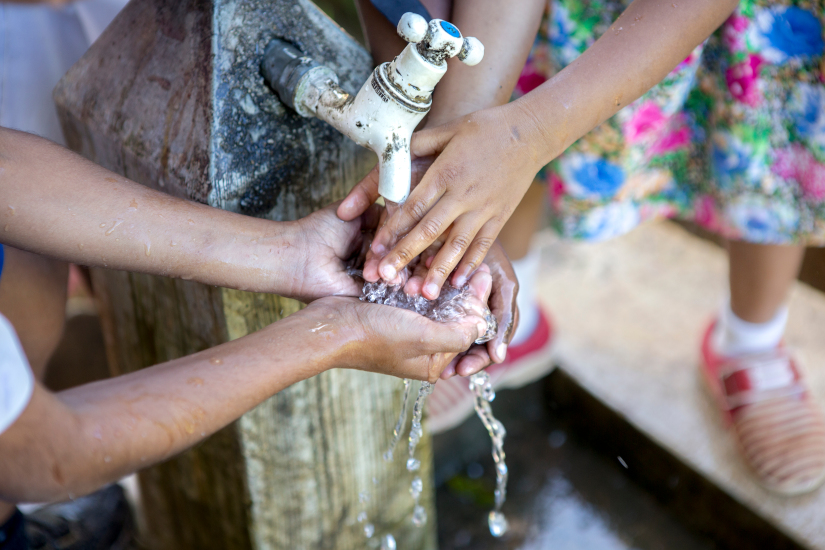Ex-Post Evaluation: Strengthening Communities through Integrated Programming (SCIP) Activity in Mozambique

USAID funded the Strengthening Communities through Integrated Programming (SCIP) activity in Mozambique from 2009 to 2015 in Zambézia and Nampula provinces. This evaluation focuses on SCIP’s WASH activities in Zambézia—WASH interventions to increase hygiene practices and use of clean water and sanitation facilities using community-led total sanitation and participatory hygiene and sanitation transformation.
The evaluation team looked at the WASH component of the Strengthening Communities through Integrated Programming (SCIP) activity implemented from 2009–2015 in Zambézia Province, Mozambique. SCIP Zambézia designed WASH interventions to increase hygiene practices and use of clean water and sanitation facilities using community-led total sanitation and participatory hygiene and sanitation transformation (PHAST).
About The Ex-Post Evaluation Series

The USAID Water Office is conducting a series of independent ex-post evaluations of the Agency’s water, sanitation, and hygiene (WASH) activities to inform future USAID investments in the sector and to better understand the long-term impact and sustainability of its interventions several years after projects close.
This evaluation series will help USAID understand whether and how its activity results have been sustained. All activities included in the series must have been closed for a minimum of three years and could not be recipients of Office of U.S. Foreign Disaster Assistance or Food for Peace funding. Preference is given to USAID missions that are at a point in their design cycle to incorporate learnings into upcoming WASH programs.
This evaluation series builds upon USAID and Rotary International’s WASH Sustainability Index Tool, a framework to assess a WASH activity’s likelihood to be sustainable according to the following factors: availability of finance for sanitation; local capacity for construction and maintenance of latrines; the influence of social norms; and governance.


